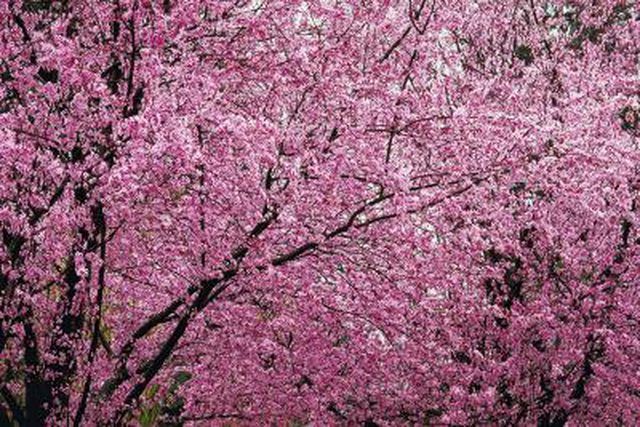Bulbs
Flower Basics
Flower Beds & Specialty Gardens
Flower Garden
Garden Furniture
Garden Gnomes
Garden Seeds
Garden Sheds
Garden Statues
Garden Tools & Supplies
Gardening Basics
Green & Organic
Groundcovers & Vines
Growing Annuals
Growing Basil
Growing Beans
Growing Berries
Growing Blueberries
Growing Cactus
Growing Corn
Growing Cotton
Growing Edibles
Growing Flowers
Growing Garlic
Growing Grapes
Growing Grass
Growing Herbs
Growing Jasmine
Growing Mint
Growing Mushrooms
Orchids
Growing Peanuts
Growing Perennials
Growing Plants
Growing Rosemary
Growing Roses
Growing Strawberries
Growing Sunflowers
Growing Thyme
Growing Tomatoes
Growing Tulips
Growing Vegetables
Herb Basics
Herb Garden
Indoor Growing
Landscaping Basics
Landscaping Patios
Landscaping Plants
Landscaping Shrubs
Landscaping Trees
Landscaping Walks & Pathways
Lawn Basics
Lawn Maintenance
Lawn Mowers
Lawn Ornaments
Lawn Planting
Lawn Tools
Outdoor Growing
Overall Landscape Planning
Pests, Weeds & Problems
Plant Basics
Rock Garden
Rose Garden
Shrubs
Soil
Specialty Gardens
Trees
Vegetable Garden
Yard Maintenance
How to Spray to Prevent Fruit on a Flowering Plum Tree
How to Spray to Prevent Fruit on a Flowering Plum Tree. Flowering plum trees (Prunus spp.) are prized for their pink or whitish springtime blooms, dark, reddish foliage and a variety of available forms. These small trees generally are chosen for their flowers and form, and their fruits usually are not especially desirable. The fruits even can be a...

Flowering plum trees (Prunus spp.) are prized for their pink or whitish springtime blooms, dark, reddish foliage and a variety of available forms. These small trees generally are chosen for their flowers and form, and their fruits usually are not especially desirable. The fruits even can be a nuisance, particularly where fallen fruits create a mess or inconvenience, such as on a driveway, walkway or lawn. Therefore, you may wish to prevent fruit development on a flowering plum. The tree is hardy across U.S. Department of Agriculture plant hardiness zones 4 through 9, although individual varieties generally have a smaller hardiness range.
Things You'll Need
Fruit-thinning spray product
Applicator
Water the flowering plum tree deeply and infrequently whenever rainfall is inadequate throughout the several weeks before it begins blooming. The ornamental plum that you treat should be healthy and not under drought stress. Fruit-thinning spray can injure an unhealthy plum tree, causing leaf scorch or defoliation.
Monitor the flowering plum regularly to determine the best time to treat it with a fruit-thinning spray. Plan to spray the tree first when about 80 percent of its flower petals have fallen. Apply the spray only when daytime temperatures are between 60 and 95 degrees Fahrenheit and little or no wind is present.
Prepare the fruit-thinning spray at the maximum rate listed on the product's label, or adjust the applicator accordingly. The applicator usually is a hose attachment. An effective fruit-thinning spray could contain Naphthalene acid (NAA), carbaryl or ethephon. A spray containing 8 ounces of NAA per 100 gallons of water plus 1 quart of carbaryl is suggested in an article on Michigan State University Extension's website.
Spray the canopy of the flowering plum tree thoroughly. Work your way around the tree as you spray, and try to reach all of the blossoms with the spray.
Spray the flowering plum tree again about 10 to 14 days after the initial spray treatment. Spray blossoms that were not open during the spray's first application.